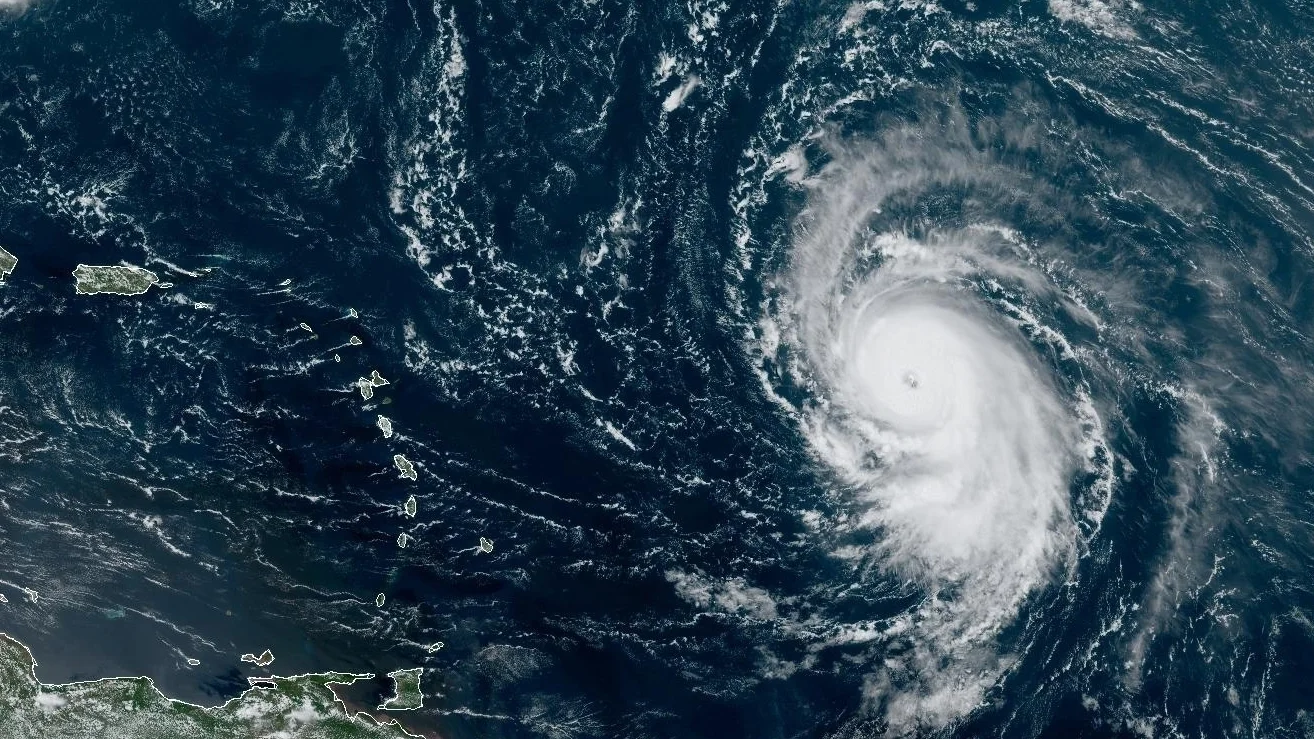Hurricane Lee has swiftly transformed into a formidable Category Four hurricane, boasting wind speeds of up to 130mph (215km/h), and there are concerns that it may escalate to a Category Five hurricane by the upcoming Friday. This development marks the 12th named storm of the Atlantic hurricane season, which typically extends from June to November. Presently, Hurricane Lee’s projected path does not indicate an impending landfall.
The US National Hurricane Center (NHC) issued a statement at 17:00 EDT (21:00 GMT) on Thursday, forecasting that Lee is likely to intensify further. This news has raised concerns about the potential impacts of the hurricane.
The NHC anticipates that Lee’s powerful winds will generate hazardous surf conditions and rip currents, reaching the northern Caribbean by Friday, followed by Puerto Rico and the US East Coast by Sunday. As of now, Hurricane Lee is situated approximately 780 miles to the east of the northern Leeward Islands, where the Caribbean meets the Atlantic Ocean, as reported by the BBC.
While the trajectory of Hurricane Lee is closely monitored, it’s noteworthy that the storm follows in the wake of Hurricane Idalia, a record-breaking powerful storm that recently struck Florida. US President Joe Biden has been briefed on the progress of these storms.
Additionally, there have been developments in the naming and status of other tropical systems. Tropical Depression 14 has regained strength and is now designated as Tropical Storm Margot. Although it is expected to intensify over the weekend, Margot is not projected to make landfall and is forecasted to remain over open water. Meanwhile, Hurricane Jova, initially categorized as a Category Five storm, has somewhat weakened while positioned in the Pacific Ocean.
The 2023 Atlantic hurricane season is expected to be more active than the average, and extreme weather events have become increasingly frequent worldwide in recent years. The rise in human-induced climate change has been a contributing factor to these extreme weather patterns.
In 2023, the world experienced record-breaking heatwaves across Europe, Asia, and the United States, resulting in the hottest year on record and numerous casualties. Torrential rains have led to flash floods in various regions, causing significant damage and loss of life.
While the exact impact of climate change on the frequency of tropical storms remains uncertain, the warming of sea surface temperatures has the potential to fuel hurricanes and lead to more intense rainfall, increasing the risk of severe weather events. Vigilance and preparedness remain crucial in the face of these evolving climate-related challenges.




